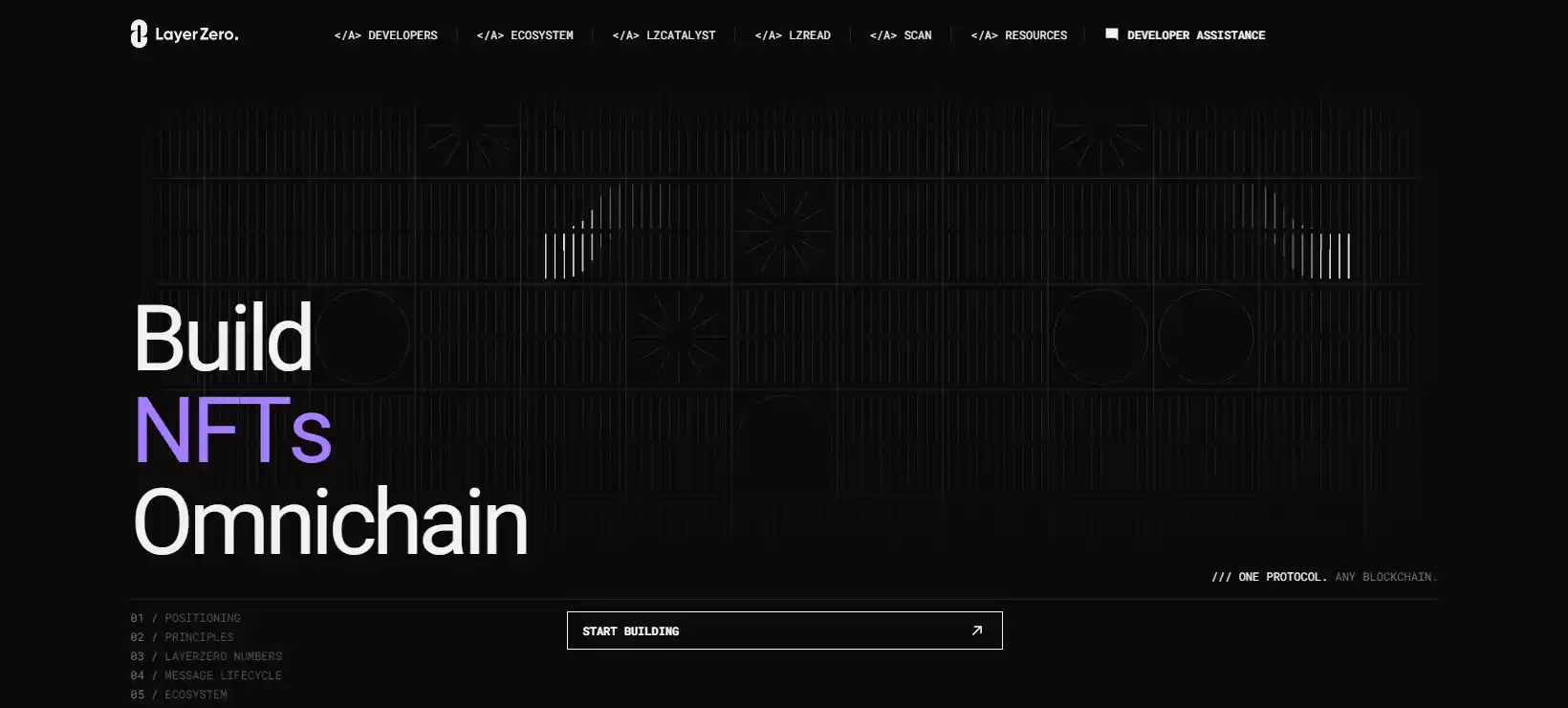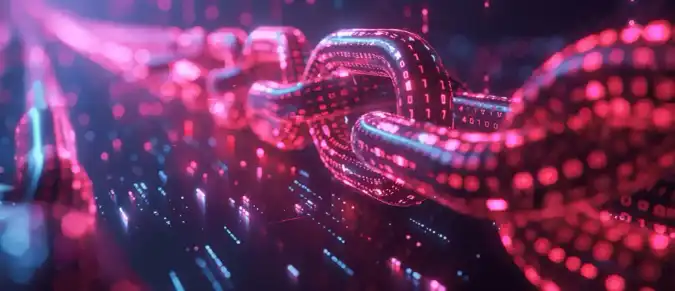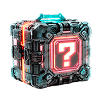As the number of blockchains has grown, the problem of their isolation has emerged: each operates in its own "bubble," making it difficult to transfer data and assets between them. LayerZero addresses this issue by offering a universal cross-chain communication protocol. It enables applications to exchange messages between different blockchains securely and efficiently.
Contents:

What is LayerZero?
LayerZero is a cross-chain communication protocol developed by LayerZero Labs. Its goal is to provide secure and efficient data transmission between different blockchains. Unlike traditional bridges, which are often centralized and vulnerable to attacks, LayerZero offers a decentralized solution that allows applications to exchange messages directly between chains. This is achieved through a unique architecture that includes Ultra Light Nodes (ULNs), oracles, and relayers. LayerZero supports over 80 blockchains, including Ethereum, Solana, Binance Smart Chain, and others, making it one of the most versatile solutions in cross-chain communication.
Protocol Architecture
At the core of LayerZero are Ultra Light Nodes (ULNs) — lightweight nodes that enable communication between blockchains. Each ULN consists of smart contracts deployed on supported networks and interacts with oracles and relayers to verify and transmit messages. Oracles provide proof of the source blockchain's state, while relayers transmit the message to the destination chain. This architecture ensures a high level of security and decentralization, allowing applications to customize their security settings and choose which oracles and relayers to use. Additionally, LayerZero supports modularity, enabling easy integration of new blockchains and adaptation to various application requirements.
LayerZero V2
The second version of the protocol, LayerZero V2, is a significant upgrade aimed at improving scalability, security, and developer experience. V2 introduces the concept of the Omnichain Messaging Protocol (OMP), which provides universal semantics for cross-chain messages. This allows developers to build omnichain applications (OApps) that can interact with multiple blockchains simultaneously. Additionally, V2 allows applications to configure their own Decentralized Verification Networks (DVNs), enabling them to choose their desired security level. The Precrime feature was also introduced, allowing for the prediction and prevention of potentially harmful transactions before they are executed, enhancing overall network security.
ZRO Token
ZRO is the native token of the LayerZero protocol and plays a key role in its operation and development. It provides economic incentives for network participants, supports security and decentralization, and enables participation in protocol governance. The token was launched on June 20, 2024, with a unique distribution model called "proof of donation," which sparked wide discussion in the crypto community.
Main functions of the ZRO token include:
- Transaction fee payment: ZRO is used to pay for cross-chain messaging fees and other services within the LayerZero protocol.
- Governance participation: ZRO holders can vote on improvement proposals, influencing the protocol's development.
- Staking and rewards: Users can stake ZRO to earn rewards and support network security.
- Airdrop participation: ZRO holders may be eligible for future airdrops and incentive programs.
The total supply of ZRO is 1 billion tokens, with 25% allocated to the community, 32.2% to strategic partners, 25.5% to core developers, and the remaining 17.3% distributed across other initiatives, including buybacks and future development programs. The token distribution model and its functions highlight LayerZero's commitment to building a sustainable and decentralized ecosystem.
LayerZero Use Cases
LayerZero is actively used in various sectors of the blockchain industry, providing developers and users with tools to build and utilize omnichain applications. With its architecture and support for over 80 blockchains, LayerZero enables seamless data and asset transfers between networks, opening new possibilities for decentralized finance (DeFi), gaming, NFTs, and enterprise solutions.
Below is a table with examples of projects that have integrated LayerZero into their products:
| Sector | Project | Integration Description |
|---|---|---|
| DeFi | Stargate Finance | Uses LayerZero for cross-chain liquidity and asset swaps. |
| Gaming | Shrapnel | LayerZero integration enables game assets to move across different chains. |
| NFT | Pudgy Penguins | Thanks to LayerZero, the ONFT collection can move between multiple networks. |
| Infrastructure | Aptos Bridge | Facilitates smooth asset transfers between Ethereum, Arbitrum, Optimism, and others. |
| Enterprise Solutions | Conflux BSIM | LayerZero integration ensures omnichain functionality on mobile devices. |
These examples highlight the broad applicability of LayerZero across industries. Its versatility and security make it a key element in advancing cross-chain communication within the blockchain ecosystem. With each new project leveraging LayerZero, its position as a leading omnichain communication protocol continues to strengthen.
Conclusion
LayerZero has become a major player in the cross-chain communication space, offering a reliable, scalable, and decentralized solution for data exchange between blockchains. Thanks to its unique architecture and support for multiple networks, the protocol has opened new horizons for DeFi, NFTs, gaming, and enterprise solutions. With the development of LayerZero V2 and the launch of the ZRO token, the ecosystem gains strong momentum for growth, fostering a truly interconnected blockchain world.




